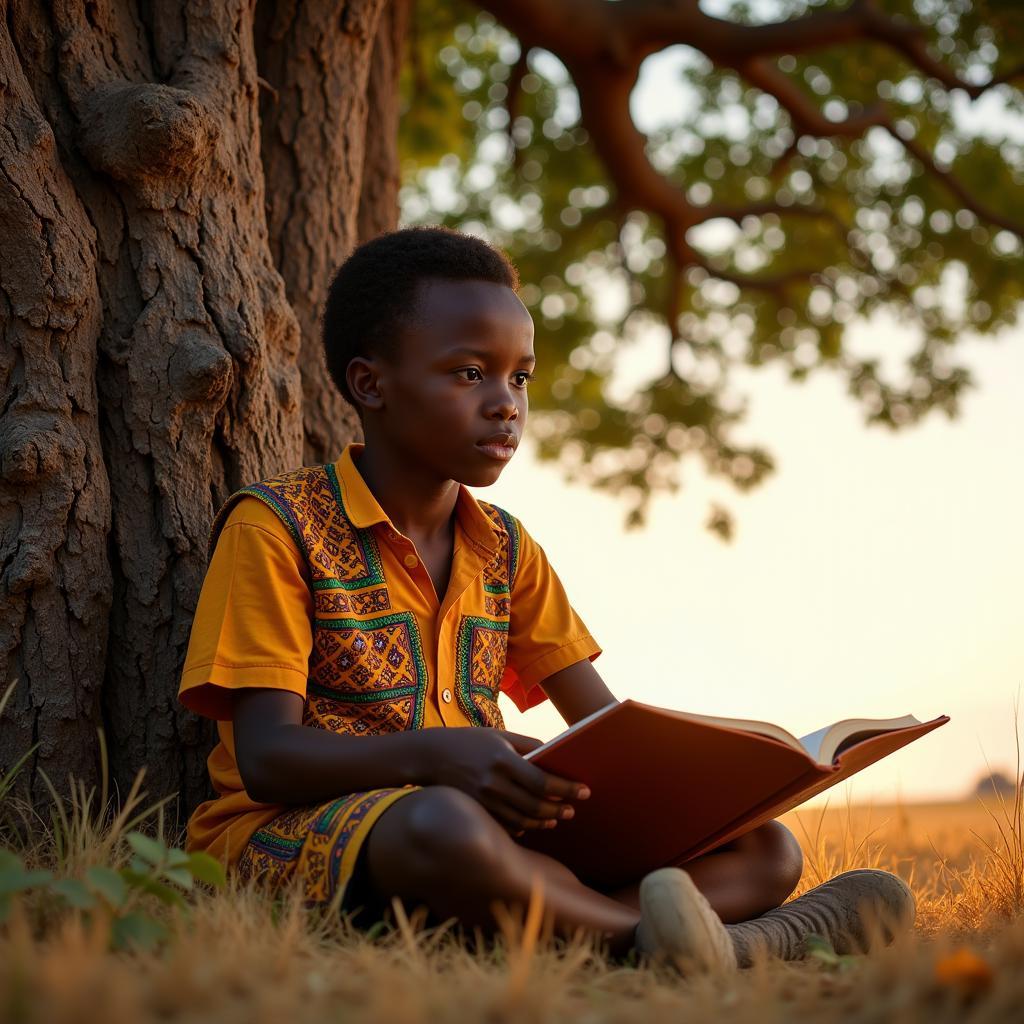About African Art: A Journey Through Creativity and Culture
African art is more than just aesthetically pleasing objects; it’s a vibrant tapestry woven from the threads of history, spirituality, and cultural identity. From ancient rock paintings to contemporary sculptures, African art offers a powerful lens through which to understand the continent’s rich and diverse heritage. This journey through African art explores its diverse forms, meanings, and impact on the world.
Exploring the Diverse Forms of African Art
African art encompasses a vast spectrum of creative expressions, each carrying unique significance and reflecting the specific traditions of its origin. Masks, often used in rituals and ceremonies, are imbued with spiritual power and represent ancestral spirits or deities. Sculptures, crafted from wood, bronze, or ivory, depict human figures, animals, and abstract forms, often embodying symbolic meanings related to fertility, power, or social status. Textiles, adorned with intricate patterns and vibrant colors, tell stories, convey social status, and serve as important cultural markers. These art forms, passed down through generations, serve as a tangible link to the past and a powerful expression of cultural continuity. For a deeper dive into African artifacts, explore resources like african artifacts melbourne.
From the intricate beadwork of the Maasai to the bold, geometric designs of Ndebele house painting, each region and ethnic group boasts its own distinctive artistic style. The diversity is astounding, showcasing the ingenuity and creativity of African artists throughout history.
The Meaning and Significance of African Art
Unlike Western art, which often focuses on aesthetics, African art is deeply intertwined with everyday life and spirituality. It serves a functional purpose within society, playing a crucial role in rituals, ceremonies, storytelling, and social commentary. A mask, for instance, is not merely a decorative object but a conduit to the spiritual realm, enabling communication with ancestors and deities. Similarly, a sculpture might represent a proverb, a historical event, or a moral lesson. Understanding the context and symbolism behind each piece is key to appreciating the depth and complexity of African art.
What is the primary purpose of African art? It primarily serves functional and spiritual purposes, deeply integrated into daily life and cultural practices.
African Art’s Influence on the World
African art’s influence has reverberated throughout the world, impacting artistic movements and inspiring artists across cultures. From Picasso’s Cubism to the vibrant colors and patterns of contemporary fashion, the echoes of African aesthetics can be seen in diverse creative fields. The use of bold colors, geometric shapes, and abstract forms found in African art has left an indelible mark on modern and contemporary art. The increasing recognition of African art’s value and significance has led to greater appreciation and understanding of the continent’s rich cultural heritage. You can find a variety of African arts and crafts for sale showcasing the diverse artistic traditions.
How has African art impacted global art movements? It has significantly influenced various movements, including Cubism, through its unique use of bold colors, geometric shapes, and abstract forms.
The Future of African Art
Today, African art continues to evolve, embracing new materials, techniques, and themes. Contemporary African artists are pushing boundaries, exploring issues of identity, globalization, and social justice. They are finding innovative ways to bridge tradition with modernity, creating works that resonate with both local and global audiences. Resources like African Alliance Airparts might offer further insights into contemporary African artistic landscapes.
Conclusion
African art offers a captivating glimpse into a world of creativity, spirituality, and cultural richness. From ancient traditions to contemporary expressions, it continues to inspire and challenge our understanding of art and its role in society. By exploring the diverse forms, meanings, and impact of African art, we gain a deeper appreciation for the continent’s vibrant heritage and the enduring power of artistic expression. Exploring “About African Art” reveals a world of profound cultural significance and artistic brilliance.
FAQ
- What are the main materials used in traditional African art? Wood, bronze, ivory, clay, textiles, and natural pigments are commonly used.
- How can I tell if a piece of African art is authentic? Consult reputable dealers, appraisers, or museums specializing in African art.
- What are some famous African artists? El Anatsui, Ben Enwonwu, and Ibrahim El-Salahi are a few renowned examples.
- Where can I see African art collections? Many museums worldwide, including the Metropolitan Museum of Art and the British Museum, have significant African art collections.
- What is the role of women in African art? Women play vital roles in various art forms, including pottery, weaving, and body painting, often with specific cultural meanings and social significance.
- How is African art being preserved for future generations? Museums, cultural centers, and organizations are working to document, conserve, and promote African art. Furthermore, artists and communities are actively engaged in keeping traditions alive and passing them on to younger generations.
- How has colonialism impacted African art? Colonialism had a complex impact, leading to both the exploitation of African art and the emergence of new hybrid artistic styles.
Need more information on 1 32 part african american person? Check out our related articles. Also, explore our article about african dancing girls clipart.
For further assistance, please contact us:
Phone: +255768904061
Email: [email protected]
Address: Mbarali DC Mawindi, Kangaga, Tanzania.
We have a 24/7 customer service team.


